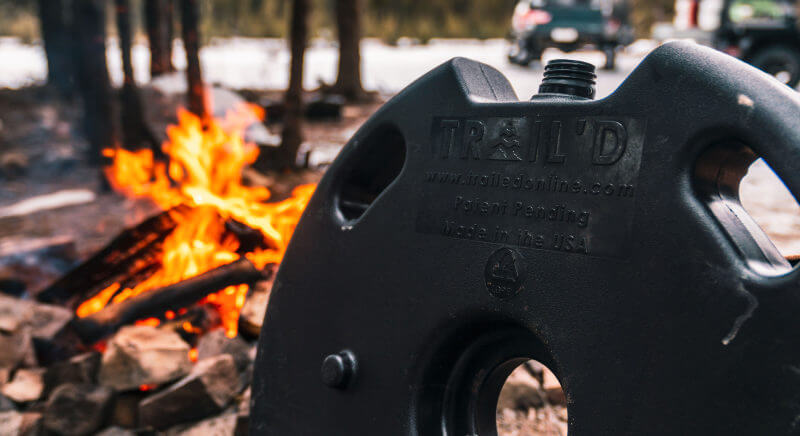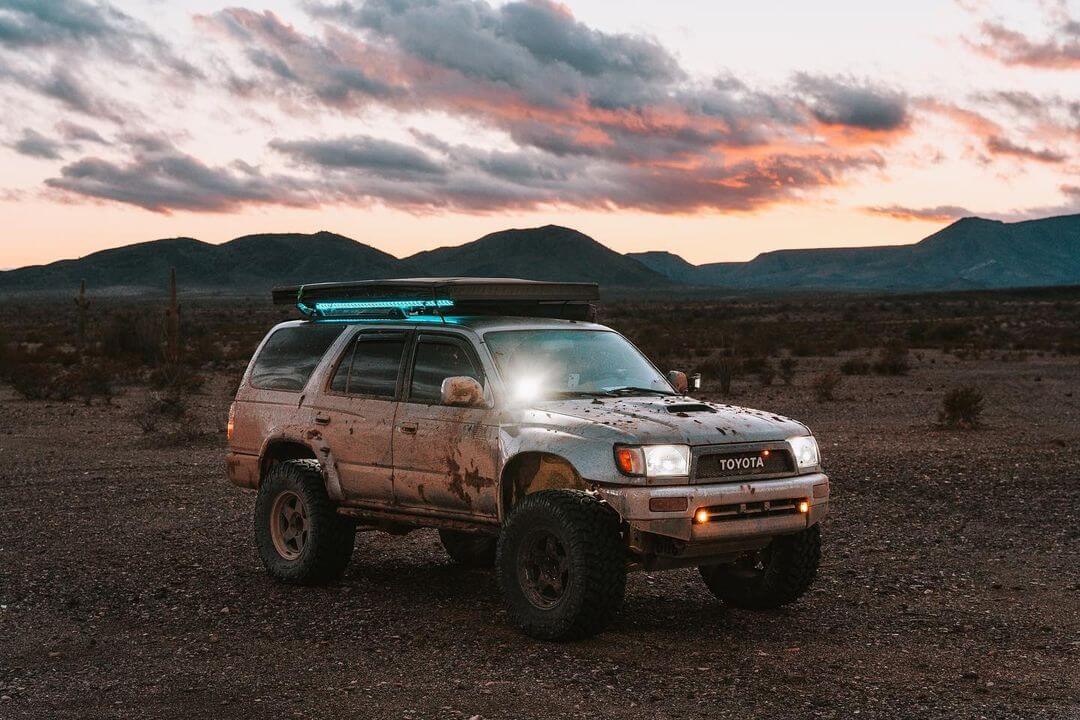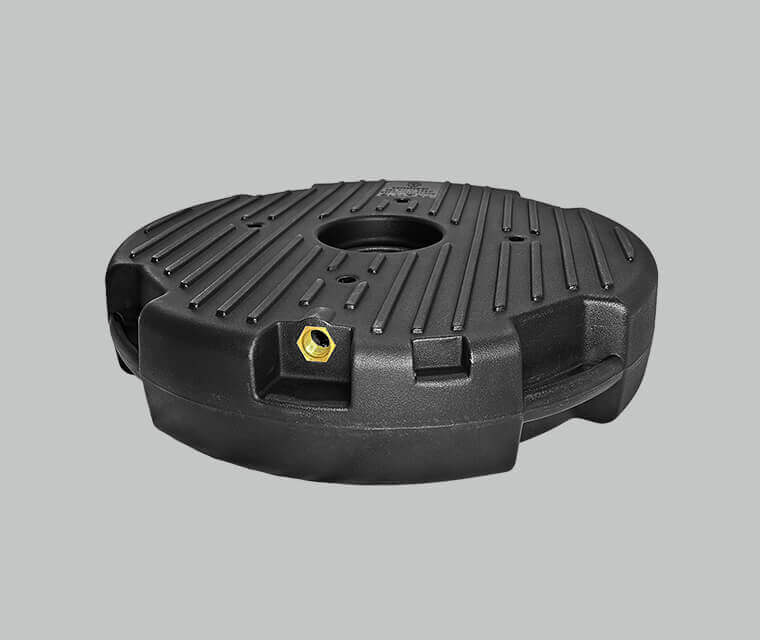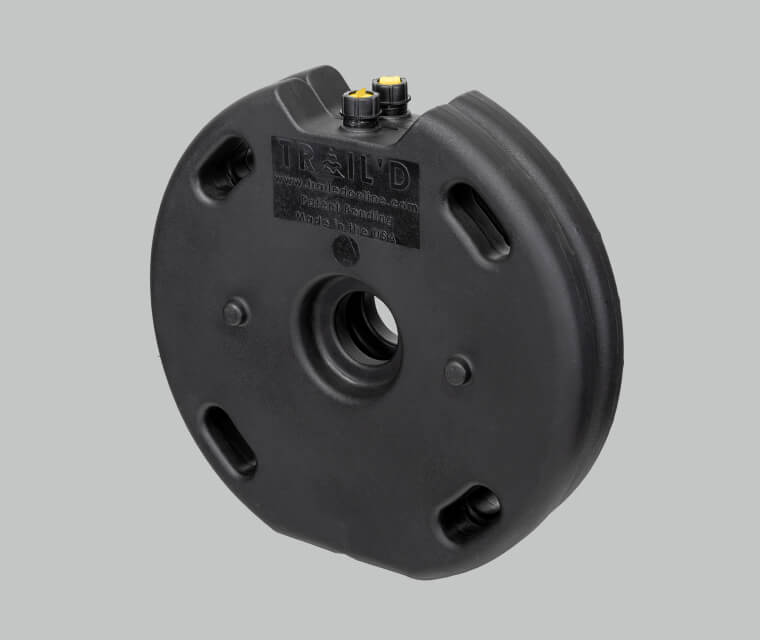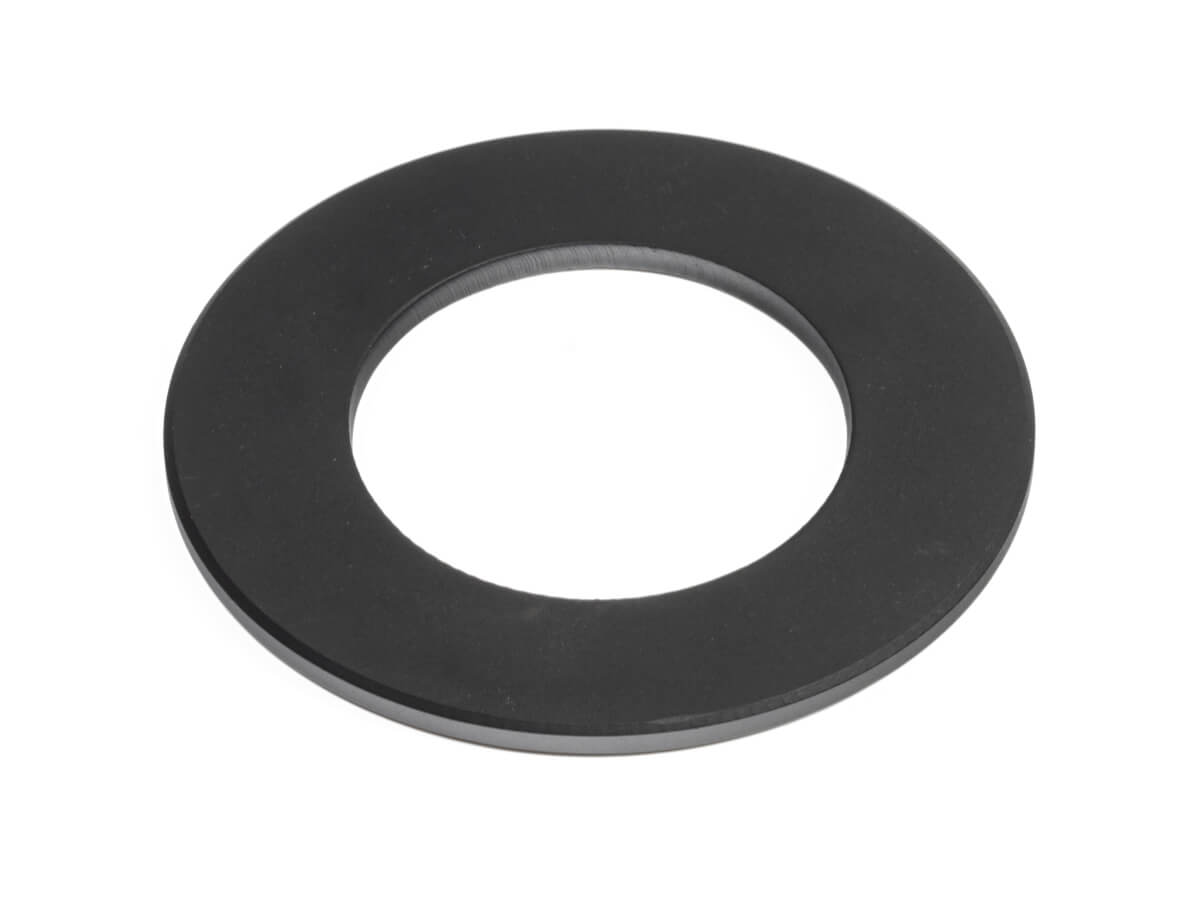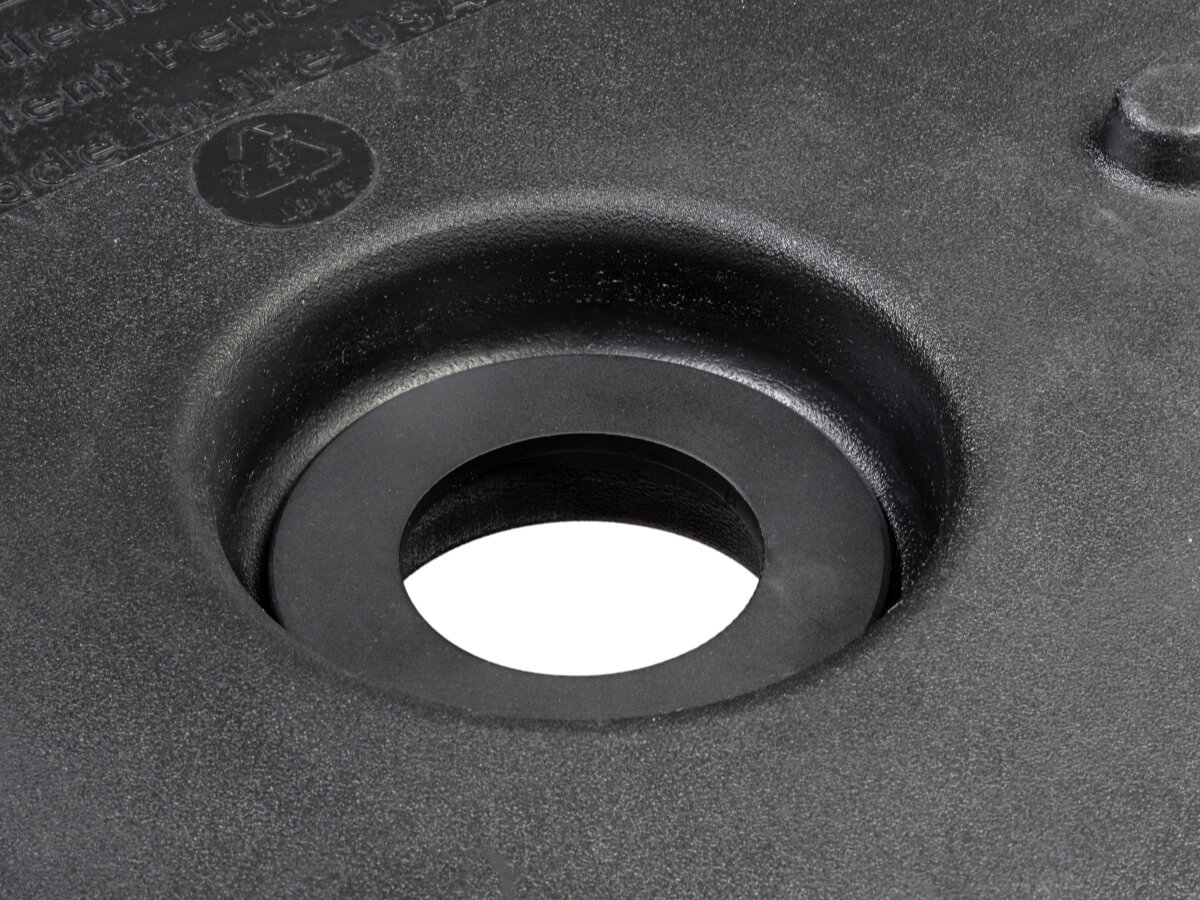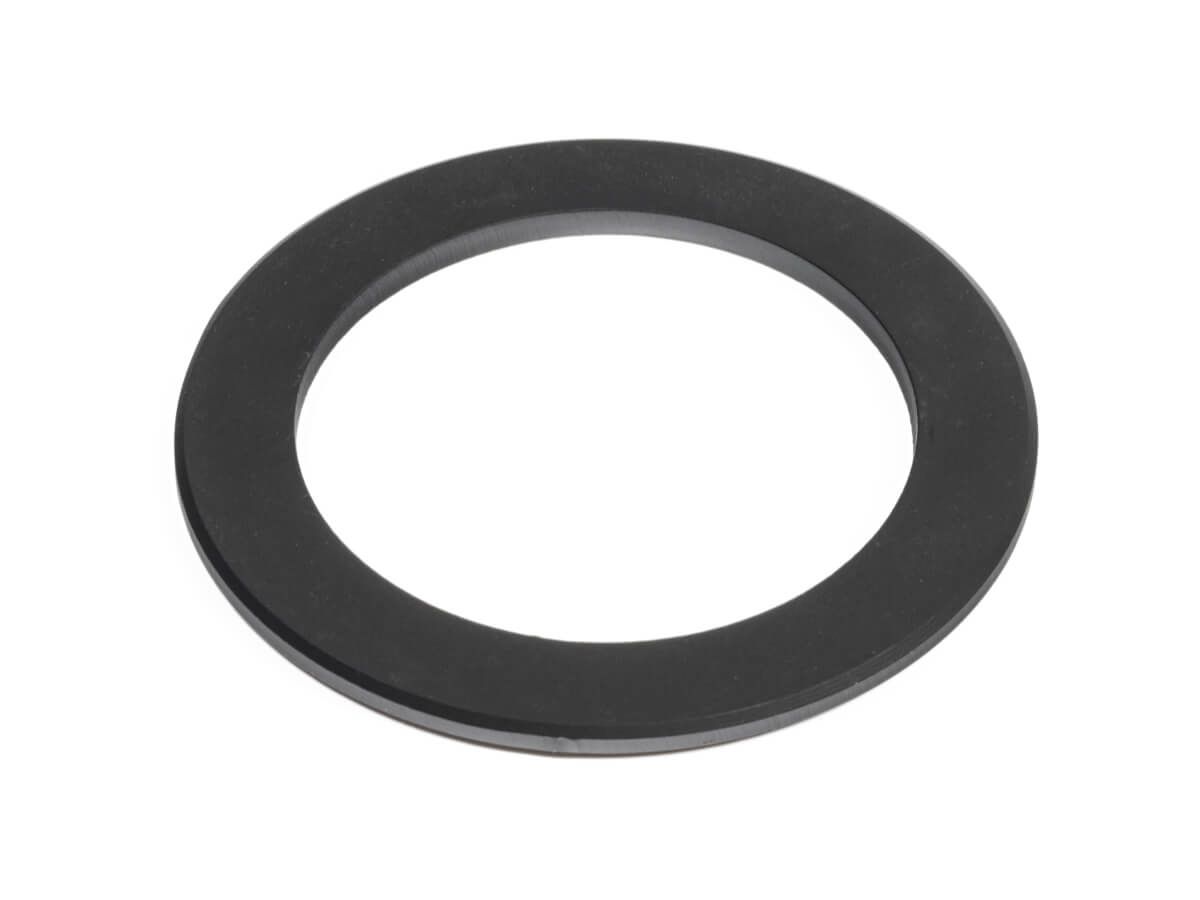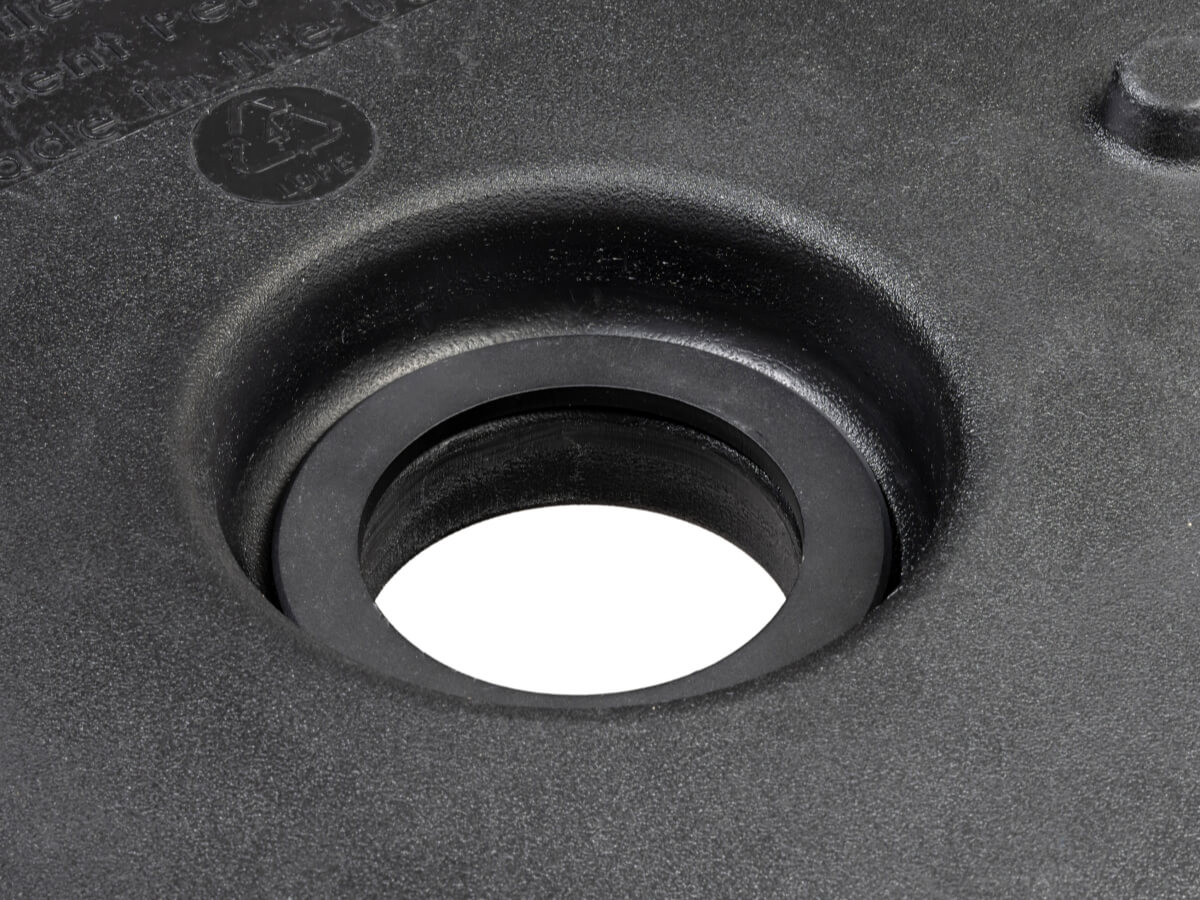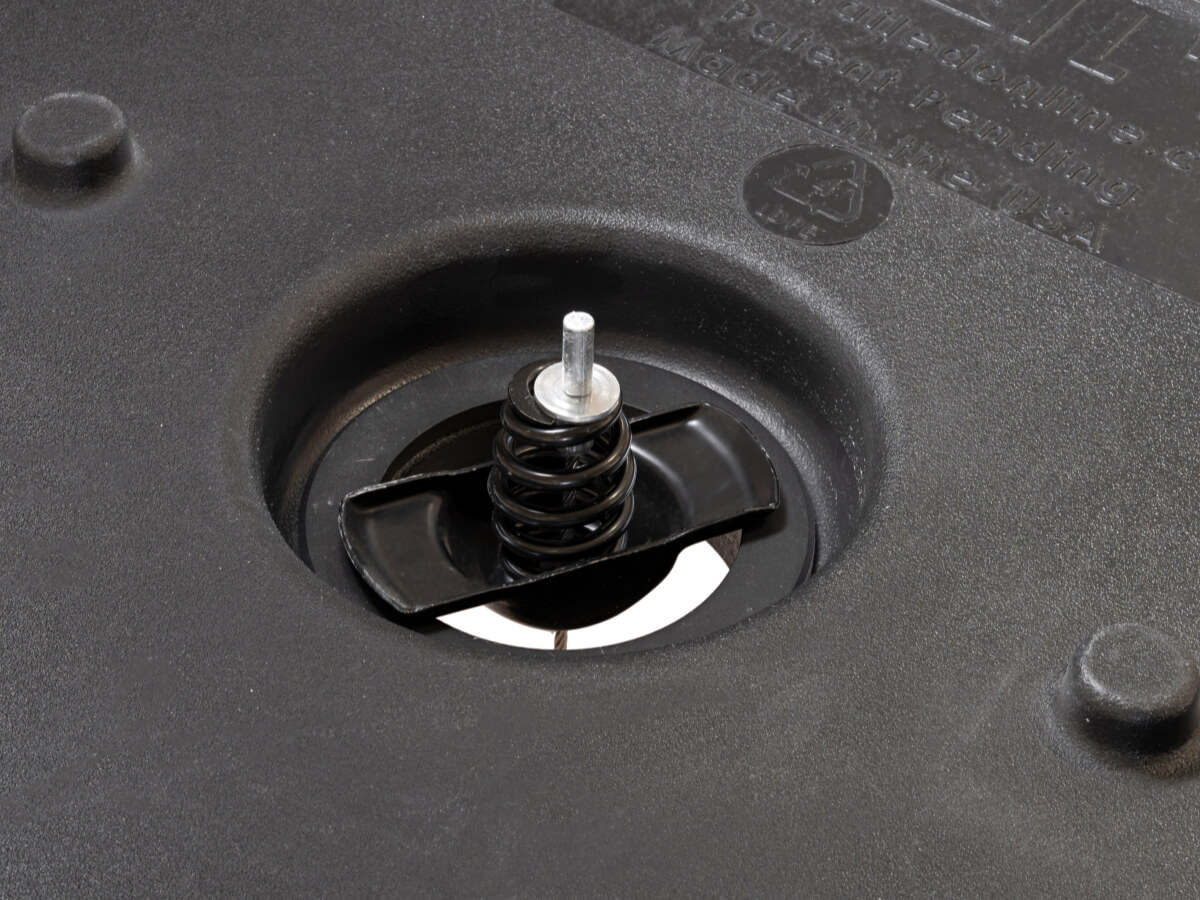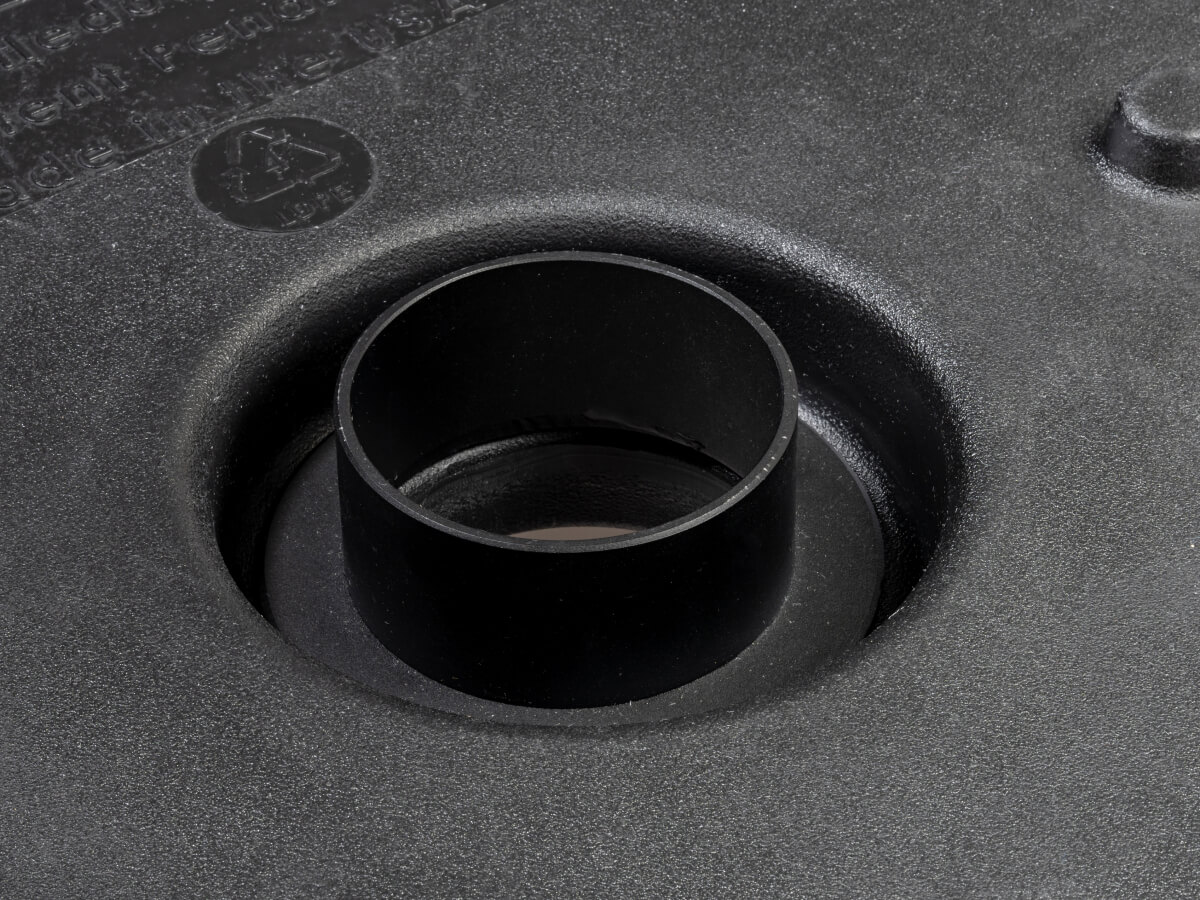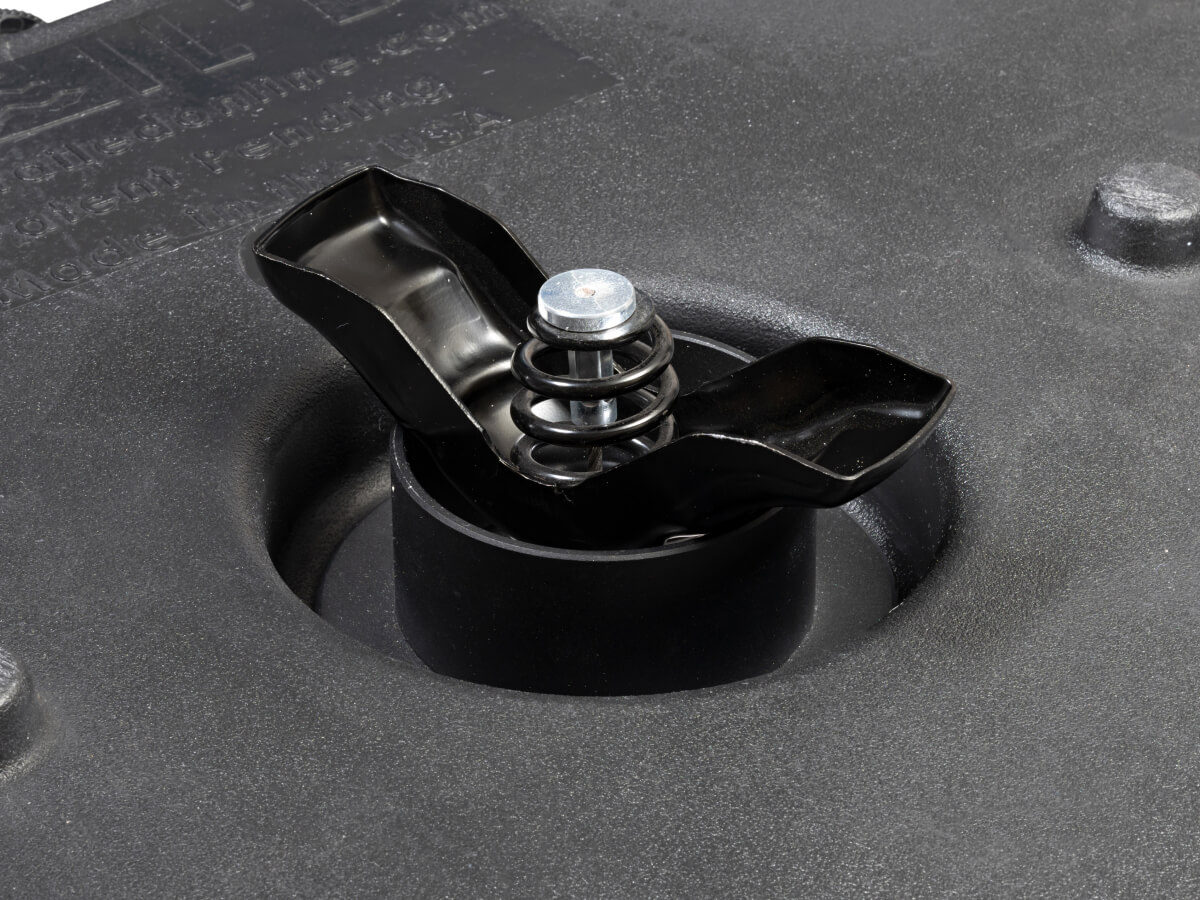This guide will lead you through the essentials, from understanding your unique overlanding needs – considering the duration of your journey, the terrain you’ll encounter, weather conditions, and the number of passengers – to ensuring your vehicle is equipped and safe for the adventure. You may also want to check out our overlanding checklist as well.
We’ll provide insights on choosing the appropriate vehicle, discussing common choices, and offering tips on finding a vehicle that fits your needs and budget. Additionally, we’ll cover vehicle modifications and upgrades, including suspension upgrades, all-terrain tires, snorkels for water crossings, and reinforced bumpers. Although these upgrades might not be necessary for everyone, we’ll discuss some of the most crucial ones for your consideration.
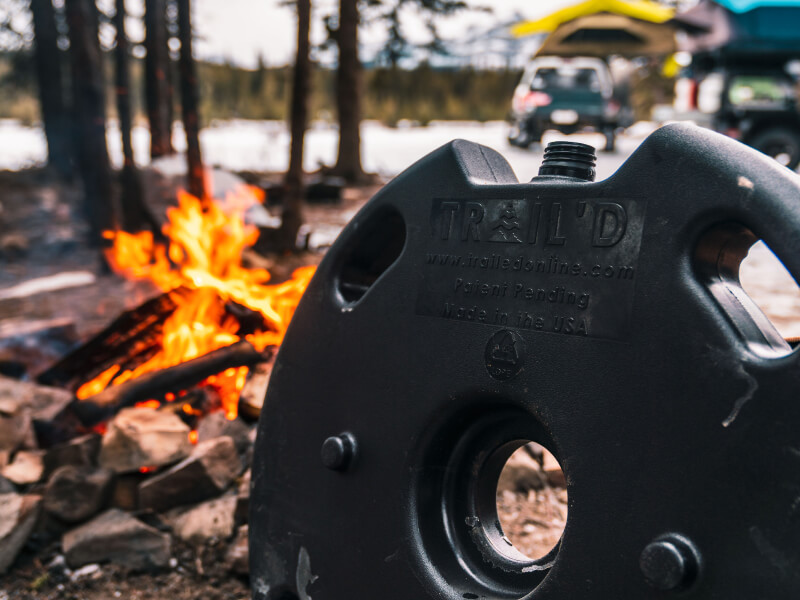
We’ll delve into the key components of any vehicle intended for overlanding – the interior, exterior, and electrical and communication systems. Let’s start with the basics:
Introduction: What is Overlanding?
In a nutshell, overlanding is a form of adventure travel where the journey, not the destination, is the focus. It’s about venturing to remote destinations to truly experience life. The vehicle plays a pivotal role in overlanding, and ensuring its reliability before embarking on your journey is highly recommended. You can also read more about what overlanding is here.
Why is Preparation Important?
Preparing your vehicle allows you to anticipate and handle any situations you may encounter. This process can be as straightforward as ensuring you have the right supplies and tires, or more complex, involving vehicle modifications to improve off-roading efficiency. A team member with sound knowledge of vehicle maintenance and repair skills can be invaluable. For additional information on route planning, consider reading this blog post.
While overlanding preparation might seem daunting, it’s part of the fun and excitement. It’s all about preparing for a journey off the beaten path, embracing life without limits.
Understanding Your Journey:
Before delving into vehicle details, it’s essential to comprehend your individual overlanding trip needs. This understanding will allow for a smoother journey and enable critical decisions regarding vehicle choice, gear selection, and potential modifications. Read this post if you need help picking an overlanding trail.
The Significance of the Vehicle Type for Overlanding:
The vehicle choice is a crucial decision for any overlanding trip. The vehicle needs to be reliable, sturdy, and suitable for the anticipated terrain. Ensure it can carry all necessary supplies, gear, and passengers while still performing under demanding conditions.
SUVs are a popular choice for their versatility, offering a balance of off-road capability and generous interior space. Pickup trucks are favoured for their ruggedness, good payload capacity, and strong off-road abilities. Specialized overlanding vehicles like converted vans or larger expedition vehicles offer greater comfort and self-sufficiency for longer journeys but come with a higher price tag and lower fuel efficiency.
Budget Considerations:
The budget is a crucial factor when choosing your vehicle. The initial cost is just the beginning; you need to factor in the expenses of necessary modifications, maintenance, fuel, and potential repairs. Opting for the most equipped vehicle might be tempting, but starting with something simple and reliable can save money and potential headaches.
Common Modifications: Suspension Upgrades and All-Terrain Tires:
One common modification for overlanding vehicles is upgrading the suspension. This increases the vehicle’s ground clearance, enabling better navigation over obstacles and rough terrain, and can improve the vehicle’s weight-carrying capacity. All-terrain tires are a must-have, providing better grip and traction on a variety of surfaces, including mud, sand, and general off-road terrain.
Vehicle Snorkels and Reinforced Bumpers:
Snorkels are another common modification for overlanding vehicles, helping draw in cleaner, cooler air from higher points, away from dust and dirt that can hinder engine performance. Reinforced bumpers provide additional protection to the vehicle’s front and rear against potential impacts. They are especially recommended if you’re considering adding winches for increased resilience.
Winches:
A good winch can be a lifesaver if you get stuck in mud or sand. It provides the pulling power to get you out of trouble. Ensure you invest in a solid mounting system on your reinforced bumper to secure the winch effectively.
Preparing the Vehicle Interior:
Preparing the vehicle’s interior is as crucial as modifying its exterior. Sleeping arrangements, storage systems, meal preparation setups, and hygiene facilities are key aspects to consider. Whether you opt for a rooftop tent or an interior sleeping space, ensure you have the right storage solutions and cooking setups in place. Depending on the trip duration, considering portable toilets, showers, and laundry solutions might be worthwhile.
Electrical and Communication Systems:
Ensuring proper electrical and communication systems are in place is crucial. A dual battery system can help maintain your starter battery’s life, and solar panels can offer renewable energy. Communication systems like a CB radio or a satellite phone can be lifesavers in remote areas. Additionally, a GPS navigation system with offline maps can aid in route planning and staying on track.
There is a lot to think about to ensure that your trip is safe and enjoyable. We have taken one of the headaches from your checklist and that is your water supply!
Be sure to check out the Trail’d Tank – this will give you the ability to store spare water easily and quickly for most vehicles without needing an expensive mounting kit.
You will also get a free subscription to onX Off Road Elite for 2 months – and that will make sure that you have access to the latest trails and also all of your maps and routes off-line when you need them.
We hope this guide helps you in preparing your vehicle for overlanding and considering the main areas for a safe and enjoyable trip. Remember, your trip’s enjoyment largely depends on how well-prepared you are.
Happy overlanding!

